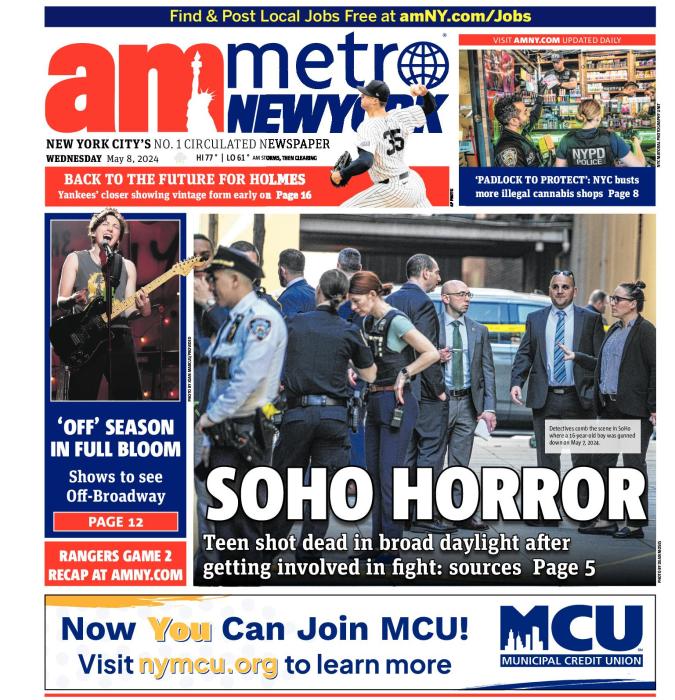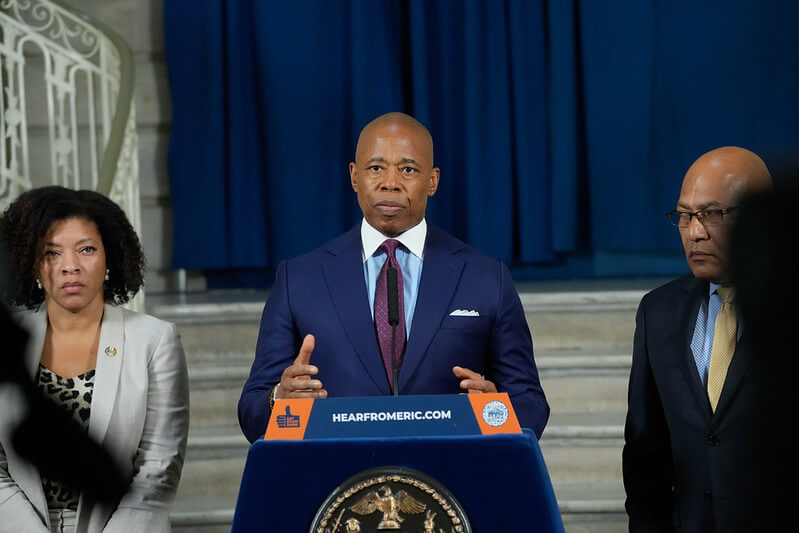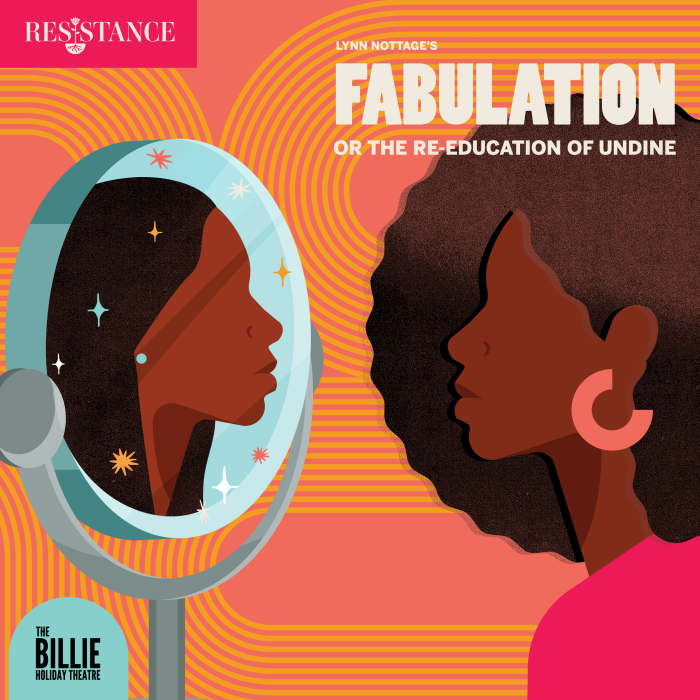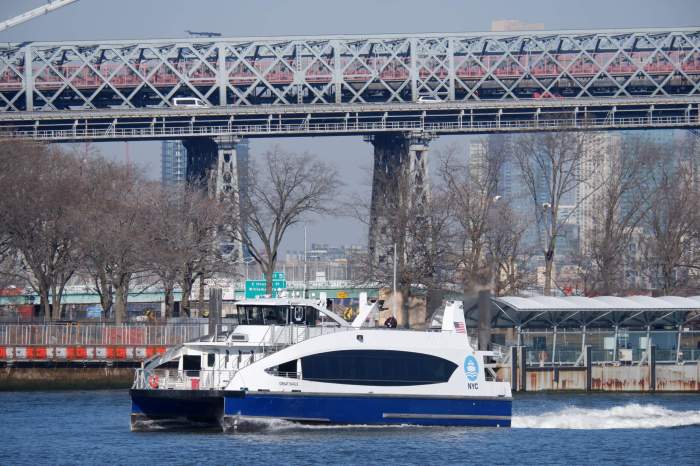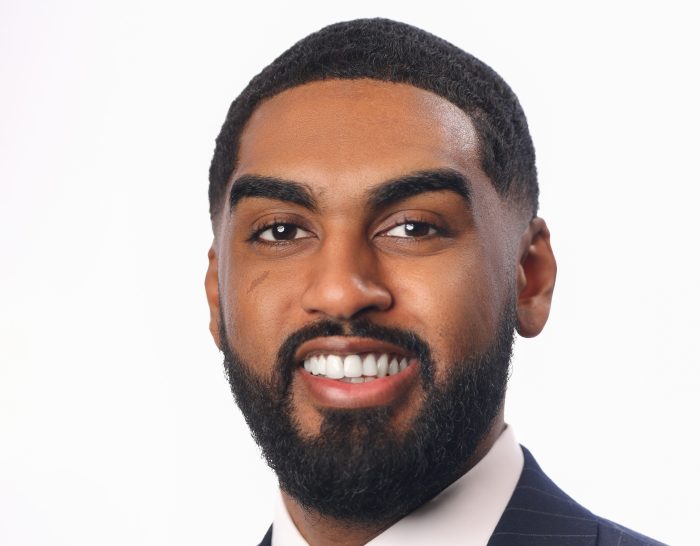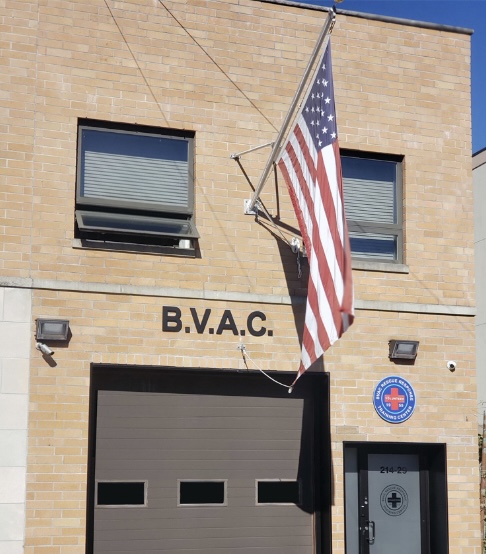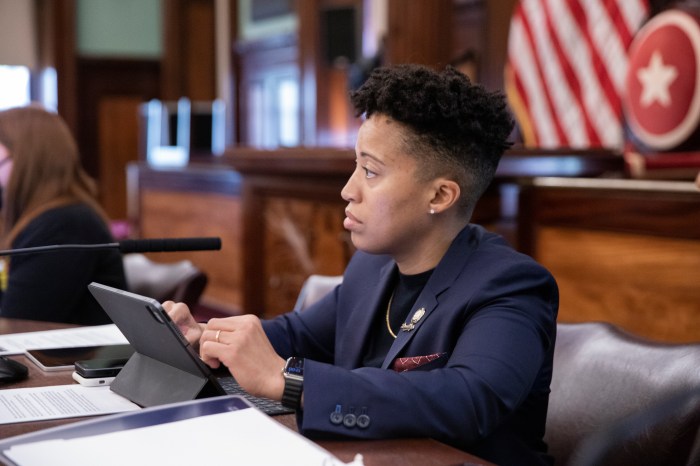Mayor Eric Adams on Wednesday revealed his balanced $107 billion executive budget for Fiscal Year 2024, a spending plan that reverses trims to the city’s libraries and Cultural Affairs Department proposed in his latest belt-tightening measure, but still imposes across-the-board cuts.
While the city’s three public library systems — the New York, Brooklyn and Queens Public Libraries — and the Department of Cultural Affairs were spared from Adams’ latest round of budget cuts, enacted earlier this month, they’ll still be subject to cuts from his two previous cost-savings plans.
Hizzoner’s executive budget is roughly $4 billion higher than his $102.7 billion preliminary budget, released in January, with the estimated cost of providing for tens of thousands of recently arrived migrants and the expense of contract negotiations with municipal labor unions accounting for the increase, he said.
“Our Fiscal Year 2024 budget is balanced at $106.7 billion, that is $4 billion more than it was in January,” the mayor said during a budget presentation at City Hall on Wednesday afternoon.
“Growth is driven by the costs of labor deals that help working people and the cost of caring humanely for asylum seekers,” he added.
The plan’s outyear gaps stand at $4.2 billion, $6 billion and $7 billion for each of the next three fiscal years, respectively.
The mayor’s Office of Management and Budget (OMB) also raised the city’s tax revenue projection for the current and next fiscal years by a collective $4.4 billion — not far below the $5.2 billion estimate that informed the City Council’s budget response earlier this month, which used the added revenue to undue Adams’ proposed cuts.
Adams said the ballooning cost of providing food, shelter and services to the 57,000 migrants who’ve arrived in the city since last year will add up to $4.3 billion by July of 2024, a figure he’s cited several times in recent weeks. While the mayor said he’s “optimistic” that the not-yet-finalized state budget, nearly a month late, will include $1 billion in aid for the influx, it wouldn’t cover half of the estimated cost — not even with the up-to-$600 million in federal assistance the city has applied for.
Plus, he said, there’s little chance the city will get any more aid from Washington, considering Republicans control the House.
“Even if our optimistic projections are met, state and federal aid will cover just under 40% of our costs, leaving New York to pay the rest,” Adams said. “And, unfortunately, the prospect for additional federal aid and Congressional action on comprehensive immigration reforms are slim, given that far-right Republicans control the House.”
Hizzoner said an additional $16 billion was put in the plan for settling contracts with the city’s public sector unions. That follows the negotiating pattern set by the city’s agreements to a $4.4 billion deal with District Council 37 (DC37) and a $5.5 billion deal with the Police Benevolent Association (PBA) over the past couple of months.
“These contracts set the pattern for wage increases across the city,” the mayor said. “Paying our workforce a fair wage is one of my priorities, and puts more money in the pockets of working families and helps us recruit and retain top talent.”
Adams said covering those added costs, plus the prospect of a slowing economy and possible recession. have created a potentially dire financial situation for the city that required fiscal prudence. With that in mind, he said his administration was able to set money aside for both the estimated cost of the migrant crisis and of the municipal labor deals, in addition to another $1.8 billion to fund new agency initiatives, through three rounds of budget cuts under his so-called “Programs to Eliminate the Gap” (PEGs).
None of the three PEGs, Adams insisted, resulted in layoffs or reductions to city services. But many City Council members argue the cuts will further hurt agencies that are already understaffed and not meeting their core missions.
The mayor said the latest PEG he enacted earlier this month saved the city $1.6 billion over the current and next fiscal years. That plan included 4% cuts to every city agency, with the exception of the Department of Education and City University of New York, which were only subject to 3% cuts.
But, Adams said, after reviewing agencies’ PEG proposals, his administration decided the city’s public libraries and Cultural Affairs Department should be exempted from the latest round of cuts.
“After reviewing their PEG submissions we saw that our libraries and Department of Cultural Affairs couldn’t achieve savings without jeopardizing their core missions, taking away resources that are so important to every neighborhood and community,” he said. “So we exempted them from this PEG.”
Both agencies, however, will still be subject to the two previous rounds of belt-tightening efforts the mayor employed.
While several other agencies — including the FDNY, Department of Sanitation (DSNY), Human Resources Administration (HRA) and Department of Homeless Services (DHS) — weren’t completely spared from the PEG, they didn’t have to cut their budgets by the full 4%.
Adams said those agencies were chosen based on an analysis by his budget director, Jacques Jiha, on which agencies would be most adversely affected by the cuts.
“Everyone participated in the PEG,” Adams said in response to a question from amNewYork Metro. “Then we did an analysis. Where can we pull back on? Culture, libraries. What do we want to do in FDNY? What do we want to do with our Parks? Our Human Services? So that’s how we made the determination based on Jacques’ analysis and his team.”
Libraries partially spared
The leaders of the three public library systems have said the mayor’s latest cost-saving measure would’ve left them with a collective deficit of nearly $53 million — which could’ve meant cutting Sunday service altogether and limiting Saturday hours. They applauded the mayor for calling off that cut in an emailed statement.
“The Brooklyn, New York, and Queens Public Libraries are grateful to Mayor Adams, a longtime champion of libraries, for sparing us from the latest round of funding cuts announced in April,” they said. “This is an important step towards restoring library funding. Libraries make New York City stronger, and we look forward to working with Mayor Adams and the City Council to ensure we are able to continue providing the services our patrons rely on.”
But while the mayor partially backtracked on trimming the budgets of public libraries (among the highest-profile and most unpopular of his proposed cuts), the three systems will still be subject to a $36.2 million reduction imposed by his previous PEGs, according to City Hall and a Brooklyn Public Library spokesperson.
That deficit, library leaders said following a March City Council hearing, could “lead to reduced hours of service, fewer programs and classes, and decreased opportunities for underserved New Yorkers.”
City Council fires back
The cuts the mayor’s plan reversed from his most recent PEG hardly make up for the billions of dollars in previous cost-savings plans he’s enacted, City Council Speaker Adrienne Adams and Council Finance Chair Justin Brannan said in a joint statement Wednesday afternoon.
By maintaining those cuts, they said, the mayor’s plan leaves many critical city services “without the investments needed.”
“The Executive Budget still leaves our libraries facing significant service cuts, agencies that deliver essential services harmed, and programs that deliver solutions to the city’s most pressing challenges without the investments needed,” they said.
The council’s own budget proposal, called for utilizing $1.3 billion of an additional $2.7 billion in revenue they said they identified to reverse most of the mayor’s proposed cuts. The other $1.4 billion would be enough to cover the cost of the asylum seeker crisis and labor deals.
“Ultimately, New York City needs a responsible budget that effectively and efficiently prepares us for success by meeting the needs of New Yorkers and protecting against future risks,” Speaker Adams and Brannan said. “That is the city budget that this Council will continue working to deliver, so we prioritize investments into the people of our city. There is significant work ahead to achieve that goal, and we will continue our negotiations with the Administration and work with all stakeholders to succeed.”
